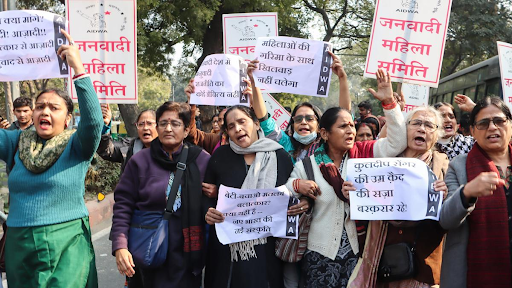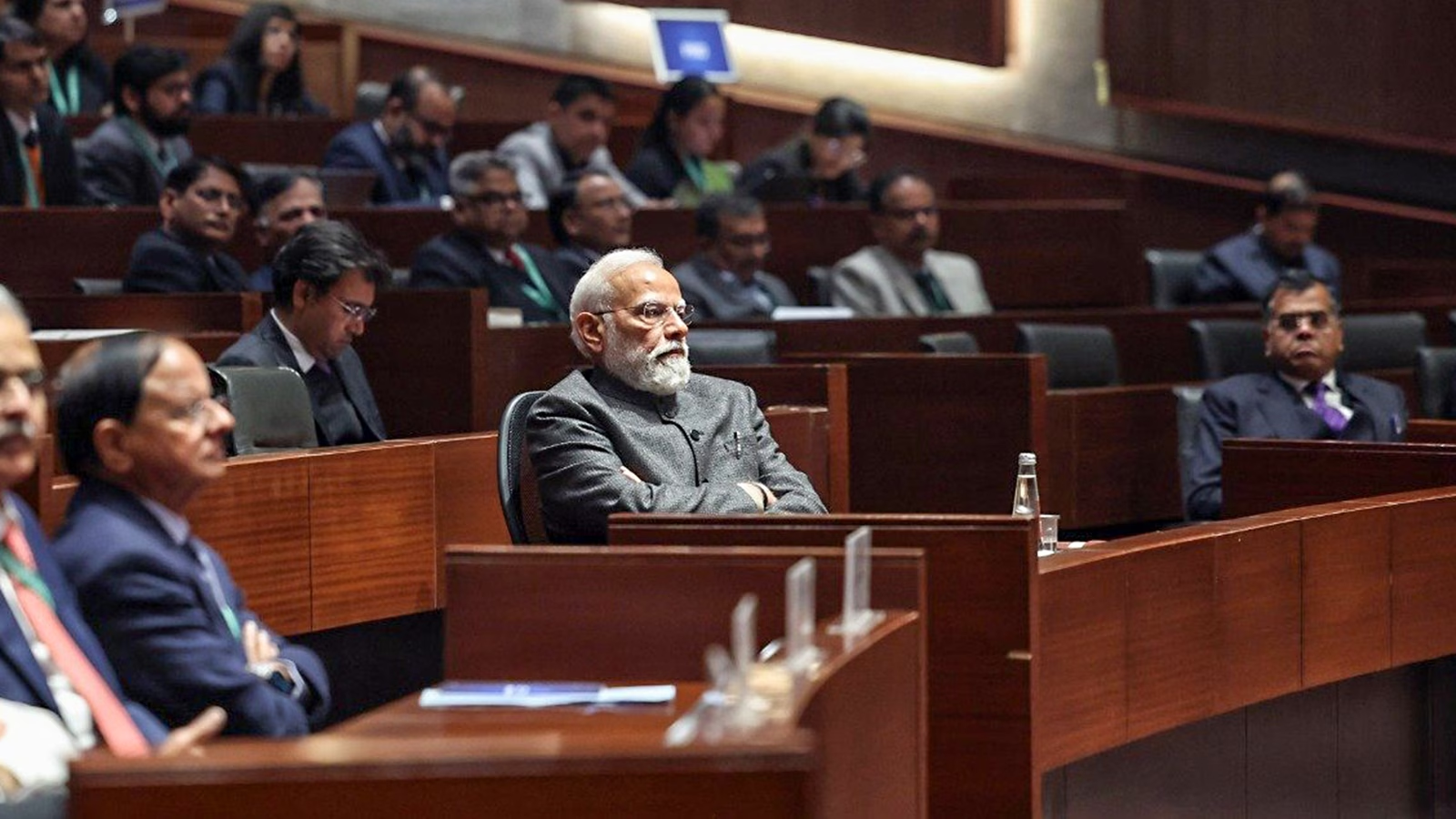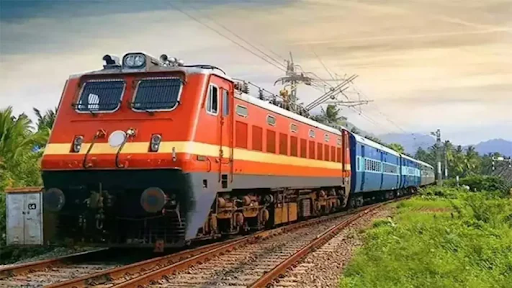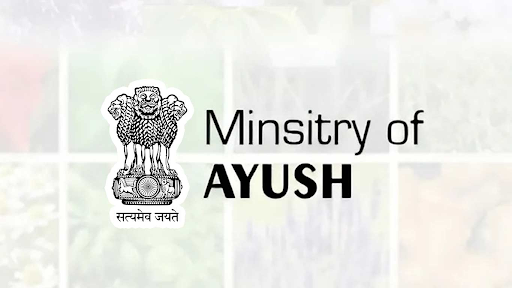



India’s first digital Census, including caste enumeration, will conclude by March 1, 2027, after a 16-year gap. Conducted in two phases, notifications will be issued on June 16, 2025. It will impact Lok Sabha constituency redrawing and women’s reservation, with 30 lakh enumerators trained for the mobile-based exercise.

Copyright infringement not intended
Picture Courtesy: THE HINDU
The Union Ministry of Home Affairs has announced that it will conduct the next decennial population census, with the process concluding by March 2027.
The Census of India is a massive, legally mandated exercise to collect demographic, social, and economic data on the country's population.
The Office of the Registrar General and Census Commissioner, under the Ministry of Home Affairs, conducts it under the provisions of the Census Act of 1948.
|
The first non-synchronous census was conducted in 1872 during the time of Viceroy Lord Mayo. This was followed by the first synchronous census in 1881, which has been held every ten years since without interruption. The 2011 Census was the 15th in the series and the 7th since independence |
Features of the 2027 Census
First Digital Census => For the first time, the government will conduct the entire census digitally. It will train about 30 lakh enumerators to use a dedicated mobile application for data collection, to make the process faster, more accurate, and more efficient. The government is also considering a "self-enumeration" portal, which would allow households that have updated their NPR details online to fill in their census data themselves.
First Caste Enumeration in Independent India => While the census has always collected data on Scheduled Castes (SCs) and Scheduled Tribes (STs), this will be the first census since 1931 to include a comprehensive enumeration of all castes.
The Process and Timeline
The government will conduct the census in two distinct phases:
Delimitation of Constituencies: According to the 84th Constitutional Amendment Act of 2001, the next redrawing of Lok Sabha and State Assembly constituency boundaries must be based on the population figures from the first census conducted after 2026.
Implementation of Women's Reservation => The Nari Shakti Vandan Adhiniyam (Women's Reservation Act) states that the 33% reservation for women in the Lok Sabha and State Assemblies will be implemented only after this census is completed and the subsequent delimitation exercise is undertaken. Therefore, this census is the first concrete step towards making women's reservation a reality.
Must Read Articles:
Source:
|
PRACTICE QUESTION Q. With reference to the historical conduct of the Census of India, consider the following statements: I. The first complete census in India was conducted in 1872. II. The decennial census cycle began under Viceroy Lord Mayo. III. By 2011, the census had been conducted a total of 15 times. Which of the statements given above is/are correct? A) I and II only B) II and III only C) I and III only D) I, II and III Answer: B Explanation: Statement I is incorrect: While a census was conducted in 1872 under Viceroy Lord Mayo, it was not a complete or synchronous census. The first synchronous census, where data was collected across the country at the same time, was carried out in 1881. Statement II is correct: The census of 1872, initiated under Viceroy Lord Mayo, marked the beginning of the practice of conducting a census every ten years in India. Even though this first attempt was non-synchronous, it laid the foundation for the decennial census system that has continued since Statement III is correct: Counting from the first census in 1872, and including the most recent one at the time of the statement in 2011, the Census of India has been conducted 15 times. The 2011 Census was the 15th in the series that began in 1872 and the 7th since India's independence. |







© 2026 iasgyan. All right reserved